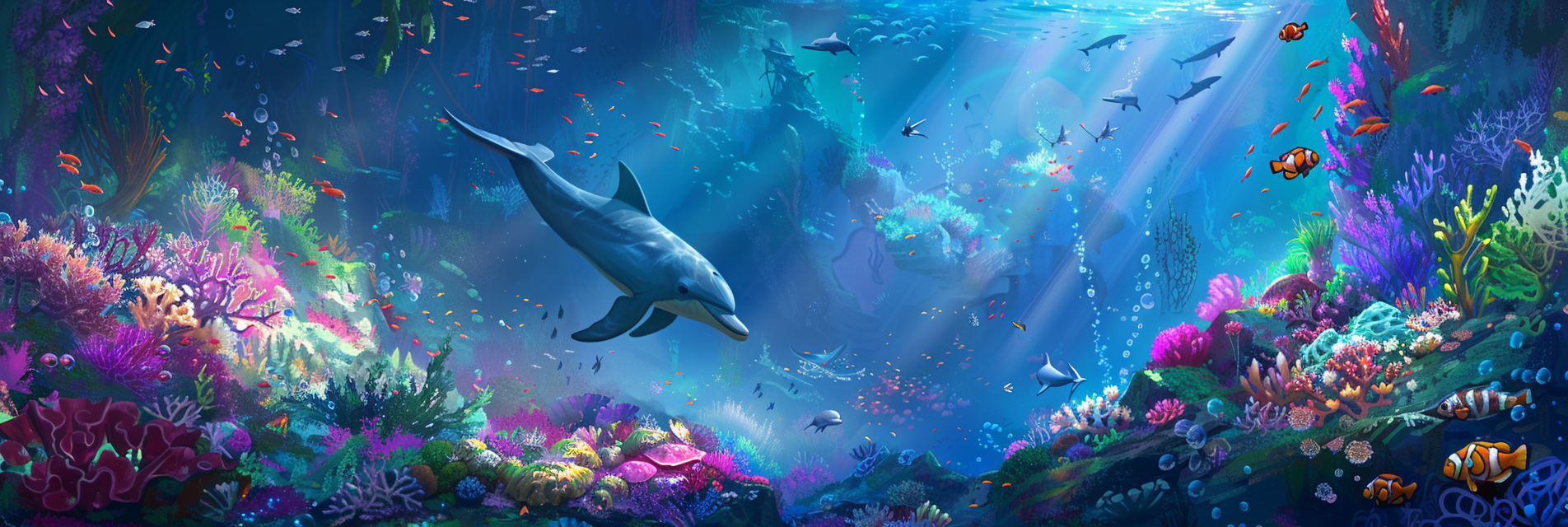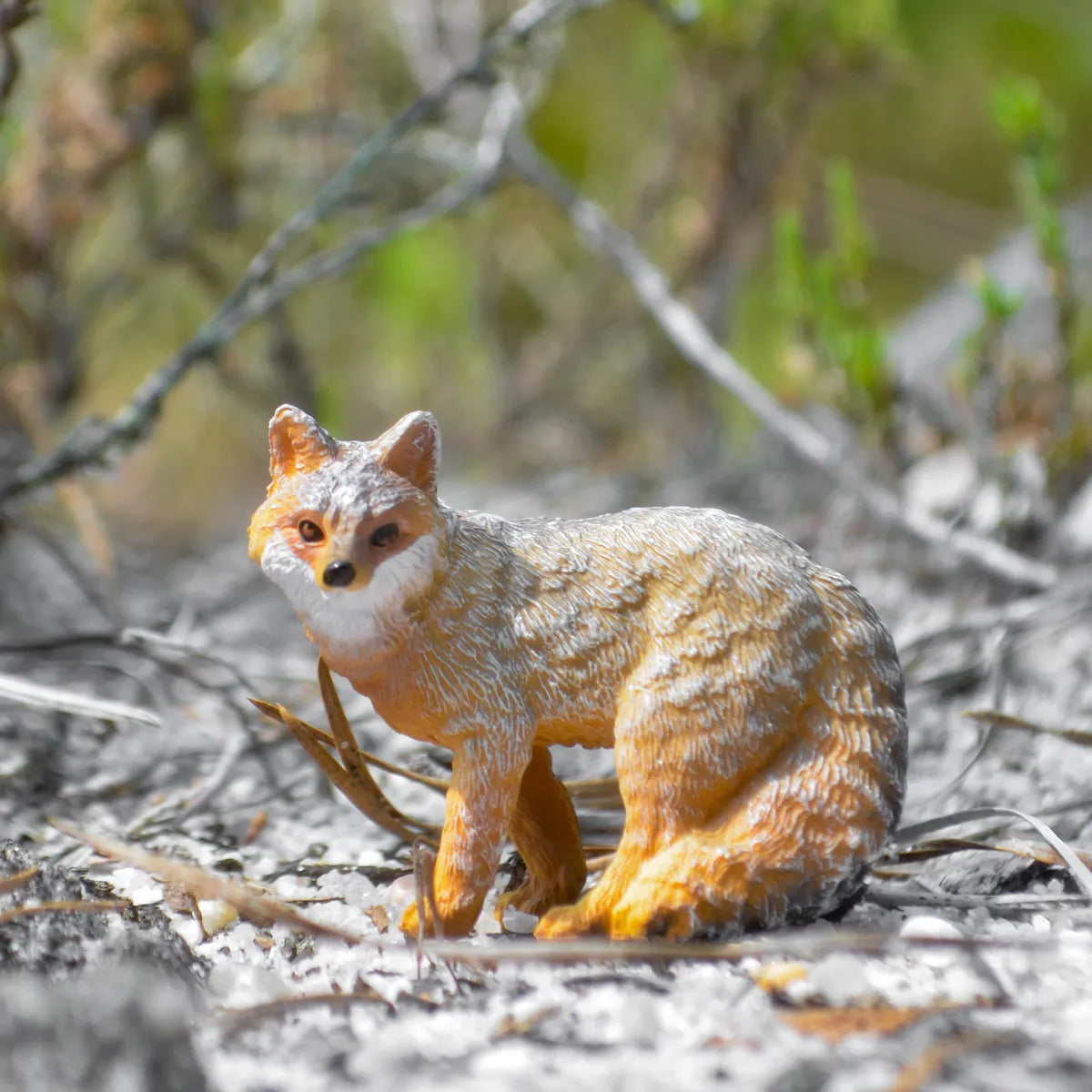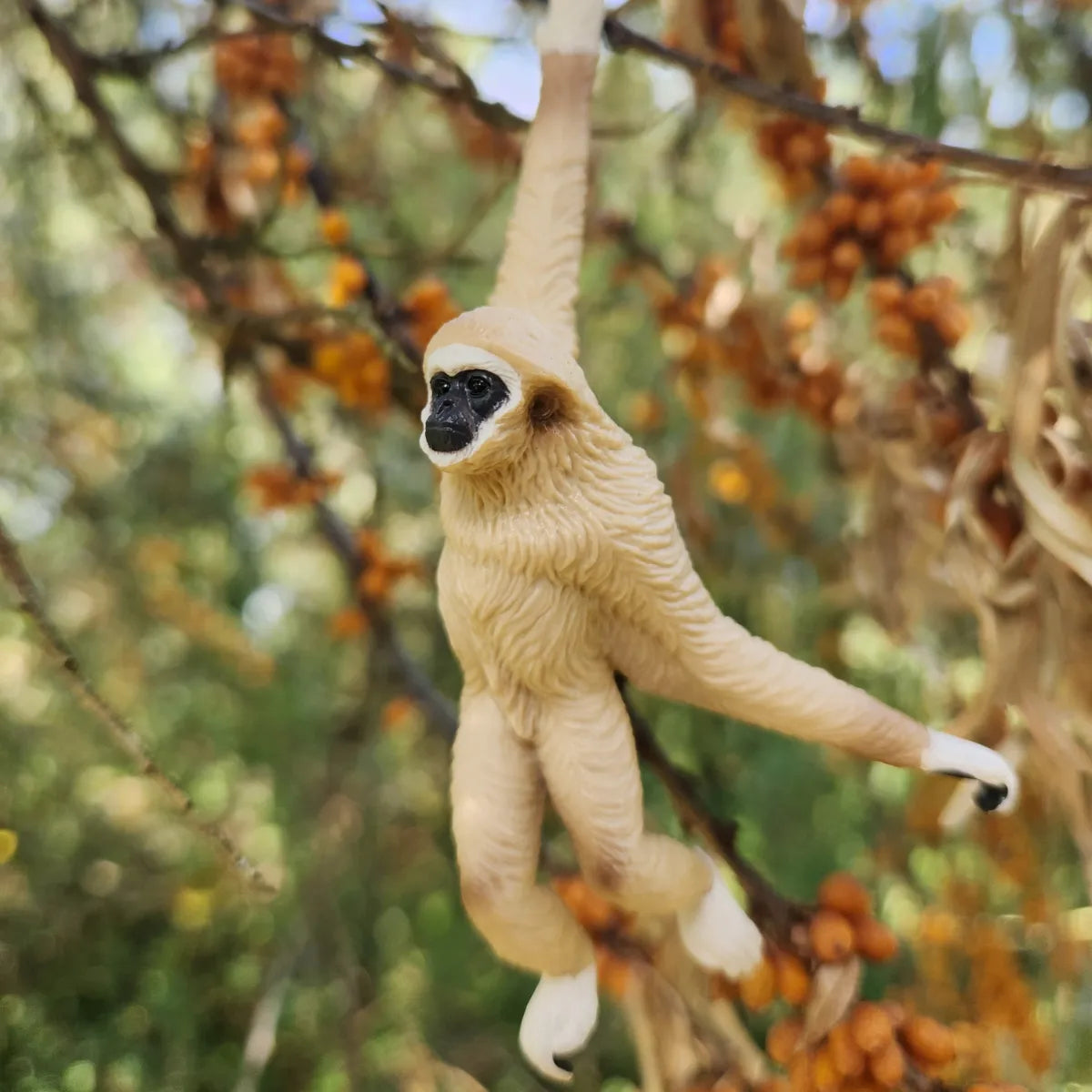
Beluga
The Beluga, or white whale, is a small Arctic and sub-Arctic cetacean known for its all-white color and distinctive melon head, making it highly adaptable to its cold environment. They are social animals, often found in groups and known for their varied vocalizations.
Scientific Name
Delphinapterus leucas
Behavior
Belugas are highly sociable mammals that live, hunt, and migrate in pods ranging from a few individuals to hundreds. They are known for their diverse vocalizations, earning them the nickname "canaries of the sea." Belugas can dive to depths of up to 800 meters (2,625 feet) while searching for food such as fish, crustaceans, and worms. They are adapted to life in Arctic and sub-Arctic waters, with seasonal migrations linked to the retreat and advance of sea ice.
Breeding
Beluga whales reach sexual maturity between 4 to 7 years for males and 7 to 9 years for females. They have a gestation period of about 14 to 15 months, and females give birth to a single calf in shallow, coastal waters during the summer months. The calves are born gray and gradually turn white as they age. Mothers nurse their calves for at least two years.
Characteristics
Belugas are easily recognizable by their distinctive all-white color and lack of a dorsal fin, which helps them navigate under ice with ease. Adult belugas range in length from 13 to 20 feet (4 to 6 meters) and can weigh up to 1,600 kilograms (3,500 pounds). They have a flexible neck due to a unique vertebrae structure, allowing them a wide range of head movement.
History
Belugas have historically been hunted for their meat, blubber, and skin. They play a significant role in the culture of indigenous peoples in the Arctic. In modern times, belugas have been kept in captivity for research and public display, contributing to our understanding of cetacean biology but also raising conservation and ethical concerns.
Current Status
The IUCN lists the beluga whale as Near Threatened, with certain populations, such as those in the Cook Inlet, critically endangered. Threats include habitat loss due to climate change, pollution, and industrial development, which can lead to increased noise levels and disturbances in their natural habitat. Conservation efforts for belugas involve habitat protection, regulating hunting to ensure sustainability, and international cooperation to address threats such as climate change and pollution.




